DNA damage reversed in mice. Humans are next.
Scientists reverse aging in mice by repairing DNA damage. Human trials are on the cards in the next six months.
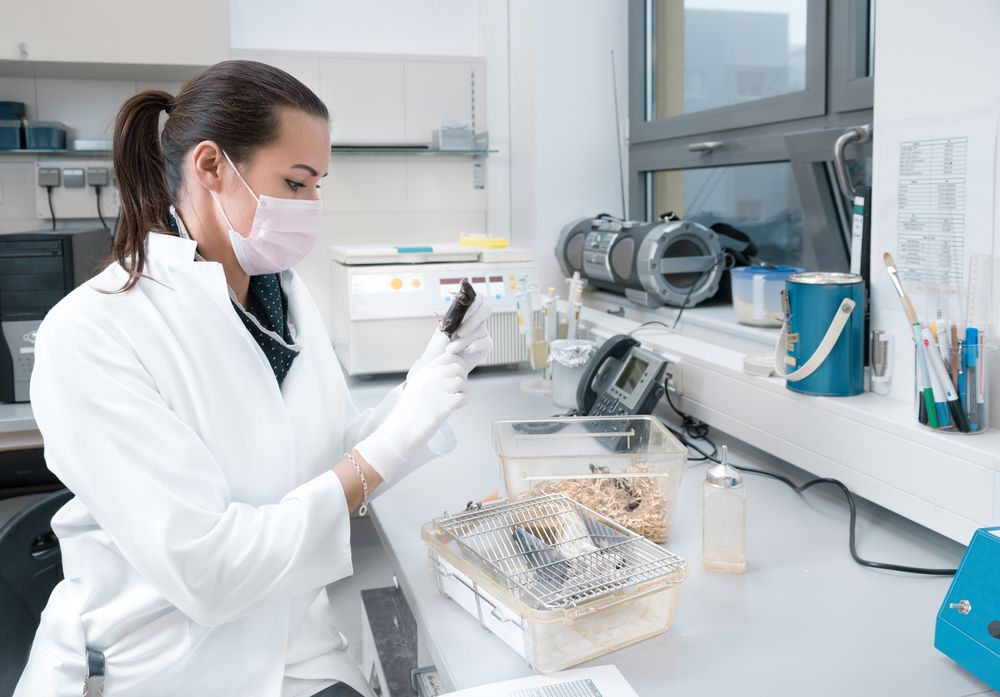
Scientists have uncovered a critical step in DNA repair and cellular aging.
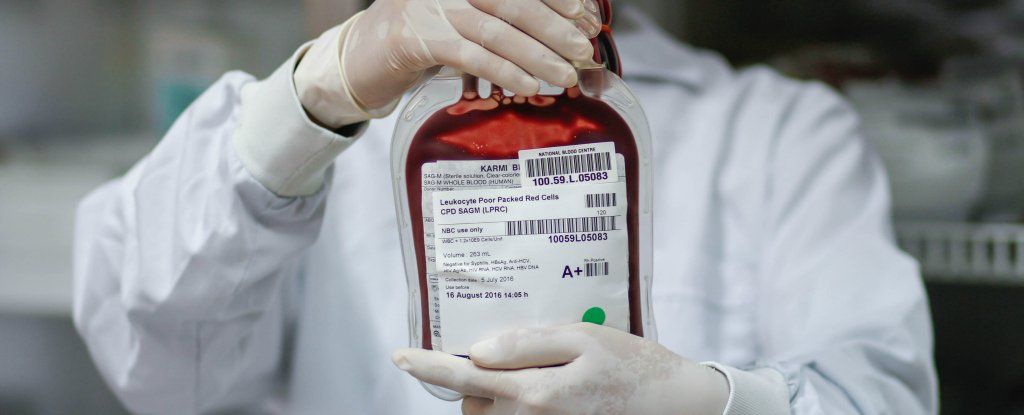
Researchers have developed a line immortal stem cells that allow them to generate an unlimited supply of artificial red blood cells on demand.
If these artificial blood cells pass clinical trials, they’ll be far more efficient for medical use than current red blood cell products, which have to be generated from donor blood — and would be a huge deal for patients with rare blood types, who often struggle to find matching blood donors.
The idea isn’t for these immortal stem cells to replace blood donation altogether — when it comes to regular blood transfusions, donated blood still does the trick.
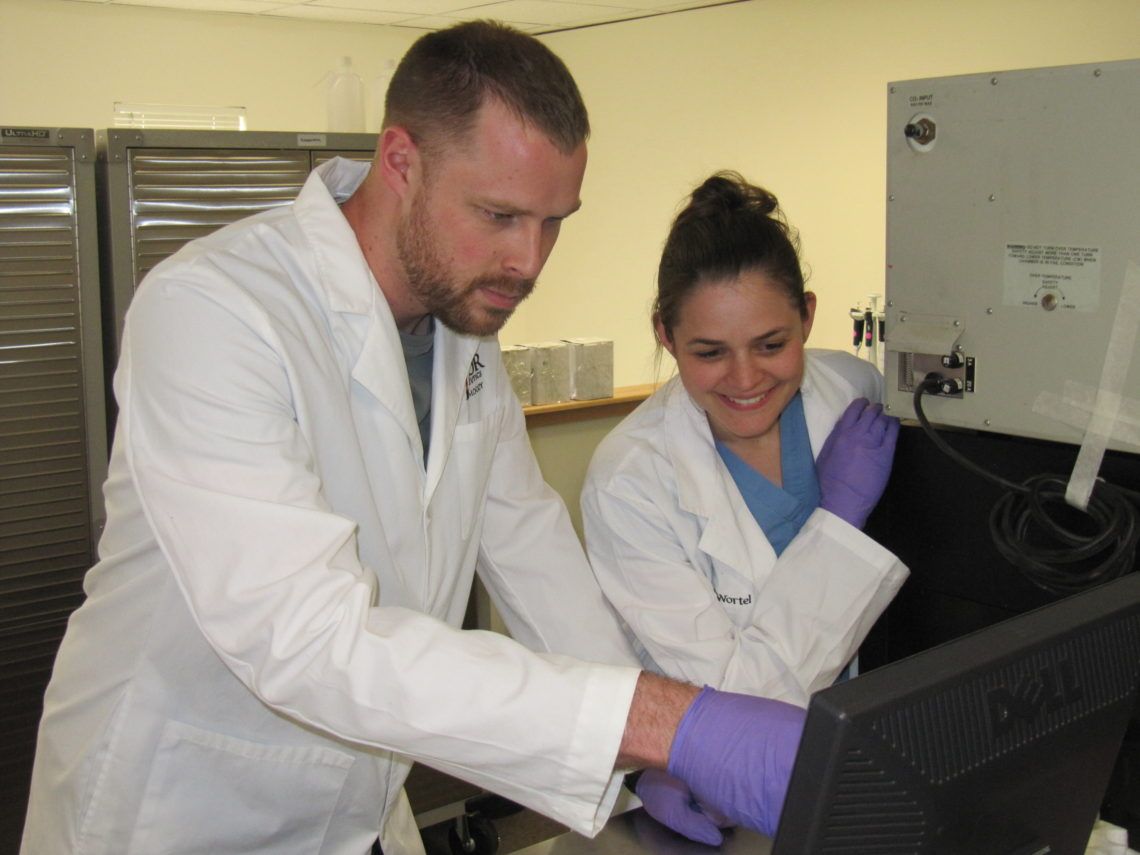
An exclusive interview with Ichor, the biotech company pioneering a SENS based repair therapy that could help cure age related blindness.
Check out our exclusive interview with Ichor the company taking the first SENS based therapy to the clinic. Should clinical trials be a success this will mark the arrival of a technology that addresses one of the aging processes.

Is the risk of cultural stagnation a valid objection to rejuvenation therapies? You guessed it—nope.
This objection can be discussed from both a moral and a practical point of view. This article discusses the matter from a moral standpoint, and concludes it is a morally unacceptable objection. (Bummer, now I’ve spoiled it all for you.)
However, even if the objection can be dismissed on moral grounds, one may still argue that, hey, it may be immoral to let old people die to avoid cultural and social stagnation, but it’s still necessary.
One could argue that. But one would be wrong.
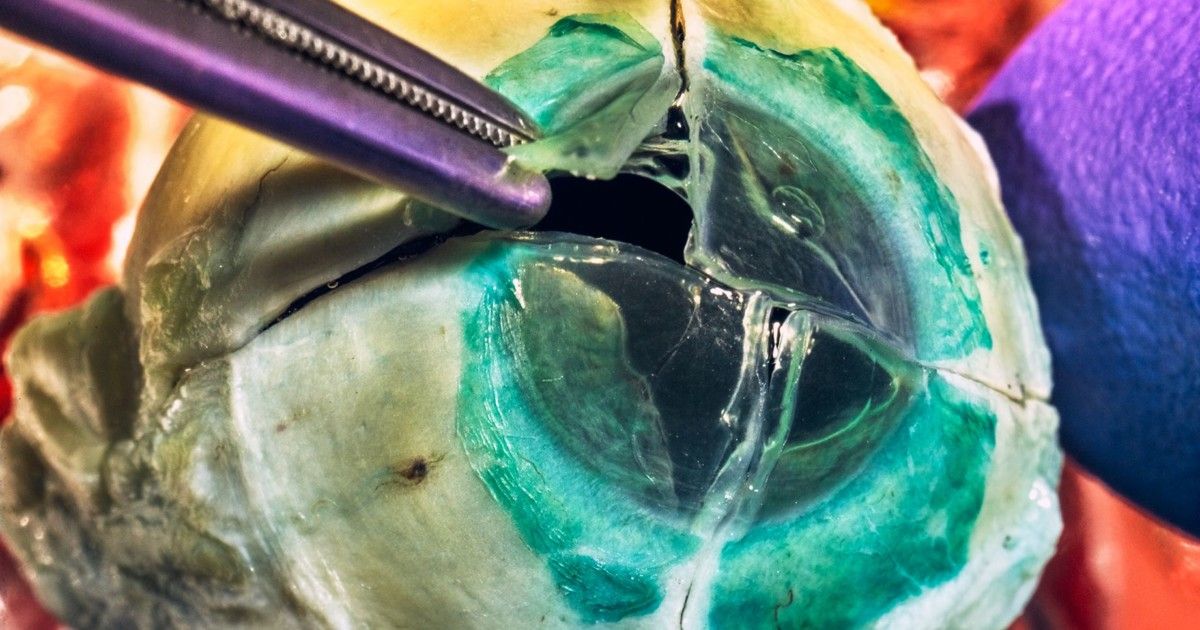
Newyorker article about aging research. At least they gave both the conservative and more progressive camps a mention though it appears the author sides with the healthspan crowd.
A large article in the newyorker about longevity research. The conservative and the more radical approaches are discussed including SENS.
Amusing to note that the mainstream are portrayed as healthspanners and dont think its possible to comprehensively fix aging. Looks like we have much work to do to change that view.
Google’s chief futurist says that humans could start living forever by 2029.

Maria Konovalenko in the news talking about the science of life extension.
Maria Konovalenko is in the news today in this interesting article about life extension. Good to see the subject is getting more popular press than ever these days.
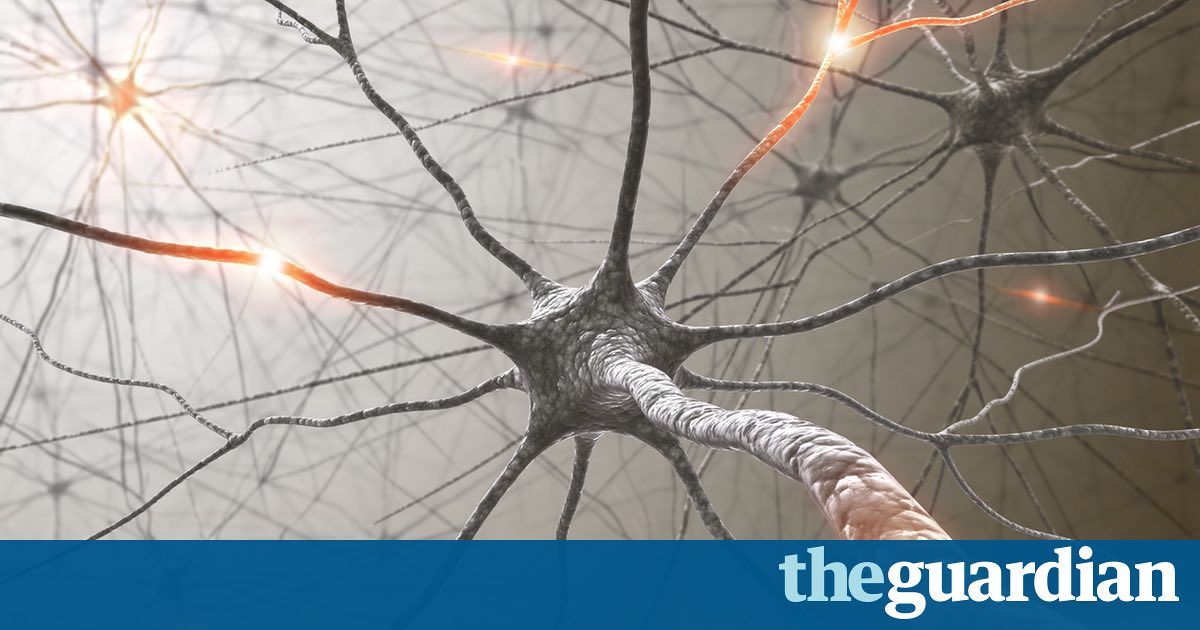
Looking forward to Jim Mellon’s new book “Juvenescence- Investing in the Age of Longevity” announced at Master Investor Show in London yesterday…